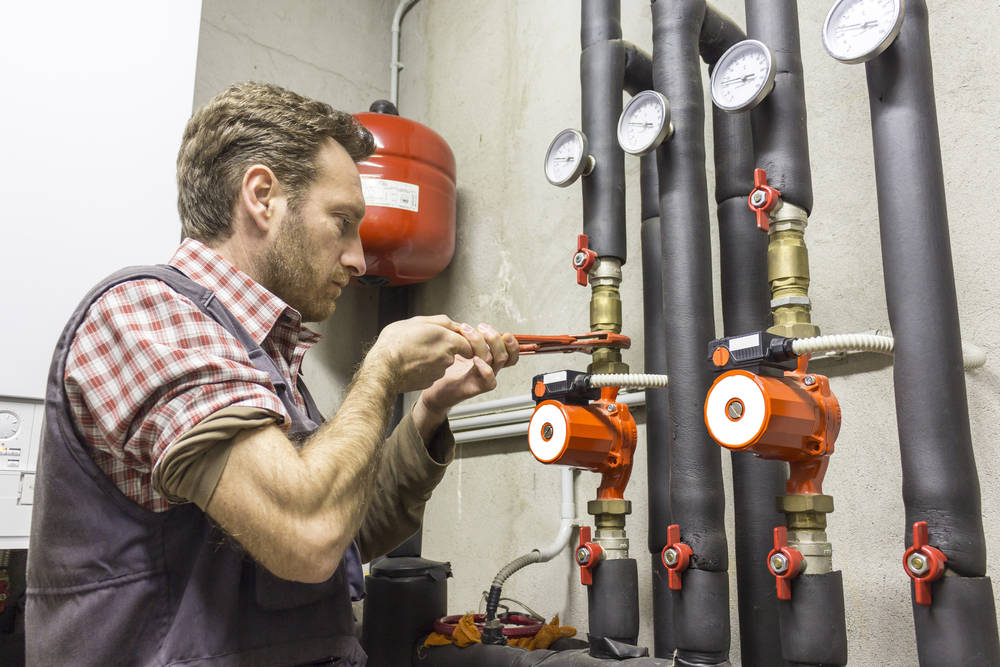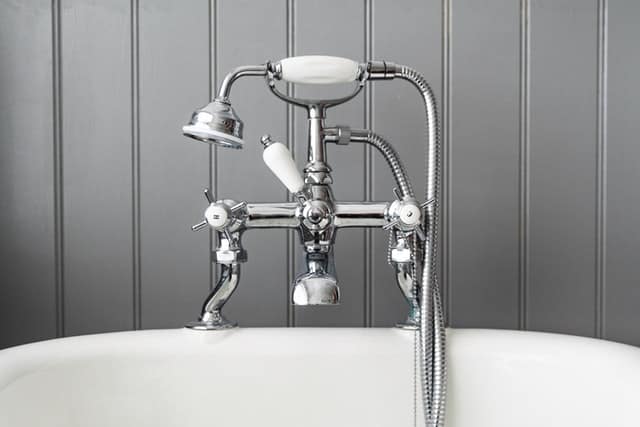Efficient Plumbing Winterization Tips to Defend Against Pipe Bursts in Cold Conditions
Efficient Plumbing Winterization Tips to Defend Against Pipe Bursts in Cold Conditions
Blog Article
We have uncovered the article on Prevent Freezing and Bursting Pipes listed below on the internet and accepted it made good sense to write about it with you on this site.

All homeowners who reside in warm climates need to do their finest to winterize their pipelines. It is something you need to do during autumn before deep winter genuinely begins. Failing to do so can spell catastrophe like icy, cracked, or burst pipelines. If the weather condition exterior is terrible, right here are some handy winterizing hacks to keep your plumbing system secured even.
Try a Hair Clothes Dryer or Heat Gun
When your pipes are almost freezing, your reliable hair dryer or warm gun is a godsend. If the hot towels do not aid remove any type of working out ice in your pipelines, bowling warm air straight right into them may assist. You might finish up harmful your pipes while attempting to thaw the ice.
Open Up Cupboard Doors Hiding Plumbing
When it's cold outside, it would certainly be helpful to open cupboard doors that are concealing your pipelines. Doing this tiny trick can keep your pipes warm and restrict the potentially hazardous results of freezing temperature levels.
Take Some Time to Wrap Exposed Pipeline
One nifty and simple hack to warm up frigid pipes is to wrap them with cozy towels. You can likewise use pre-soaked towels in hot water, simply don't neglect to use safety gloves to guard your hands from the heat.
Switch on the Faucets
When the temperature declines and it appears as if the cold temperature level will certainly last, it will certainly aid to transform on your water both inside your home and outdoors. This will keep the water streaming via your plumbing systems. You'll end up throwing away gallons of water this method.
When Pipelines are Frozen, close Off Water
Shut off the main water shutoff instantly if you notice that your pipelines are entirely icy or virtually nearing that stage. You will typically locate this in your cellar or laundry room near the heating system or the front wall closest to the street. Transform it off immediately to avoid further damage.
Do not fail to remember to close exterior water sources, also, such as your hookup for the yard house. Doing this will certainly prevent extra water from filling out your plumbing system. With even more water, even more ice will load up, which will ultimately lead to burst pipelines. It is best to call a professional plumber for an assessment if you are unsure regarding the state of your pipelines this winter. Taking this positive approach can save you hundreds of dollars in repairs.
All homeowners who live in warm environments must do their finest to winterize their pipelines. Failure to do so can spell catastrophe like icy, split, or burst pipelines. If the hot towels do not help dislodge any settling ice in your pipes, bowling hot air straight right into them might assist. Turn off the primary water shutoff quickly if you see that your pipelines are totally frozen or virtually nearing that stage. With even more water, even more ice will certainly stack up, which will eventually lead to rupture pipes.
PREVENT YOUR PIPES FROM FREEZING THIS WINTER
A Leading Cause of Property Damage
When the weather is taking a deep nose dive into the cold dreary days, the risk of your pipes freezing and potentially bursting skyrockets. Unfortunately, during these cold dreary months, burst pipes are the most common denominator for property damage. The pipes that are most at the risk are those that are in areas where it is most cold in your home. For instance, pipes located in interior places such as basements, attics, and your garage. Unfortunately, that doesn’t mean that the pipes running through your cabinets or exterior walls can’t freeze. Good news, however, is that you can do things to help prevent pipes from freezing.
How to Prevent Pipes From Freezing
Once the temperature starts to drop during the winter, you should be taking the proper measures needed to ensure that your pipes stay warm and that there is circulation of water through them. Some steps that experts may recommend could go against your better judgement when it comes to saving water and heat. However, it would go without saying that when expenses are compared, damaged pipes could put a bigger dent in your wallet than a water bill.
What Can I Do?
Keep your garage door closed. This is very important, especially if you have water supply lines running through your garage. Open your kitchen and bathroom cabinets to allow warm air to circulate through them. Allow air circulation throughout your home. Keeping the interior doors open will once again allow the warm air to circulate inside your home. Ensure your thermostat is running the same temperature throughout the night and day. If you plan to be away from home during the cold months, set your temperature no lower than 55° F. This should provide enough heat to keep the pipes warm and prevent any remaining water inside the pipes from freezing. For more of a long-term solution, add insulation to attics, basement, and other crawl spaces around your home. By allowing your faucet to drip, it will alleviate pressure in the system. This is important because the pressure that is created between the blockage and the faucet can potentially cause the pipes to burst. Allowing the faucet to drip will prevent the pressure from building up, therefore keeping the pipes from bursting. Seal any cracks, openings, and crawl spaces around your home to prevent cold air from coming inside. This keeps your pipes-not to mention your home-warmer and less susceptible to issues caused by freezing temperatures. For the pipes in your home that are easily accessible, applying electrical tape to them might prevent them from freezing over. This is a quick fix, as you can apply the tape directly to the pipe. There are two options for heating tapes. One turns on and off by itself when it senses heat is needed. The other type of heating tape needs to be applied when heat is needed and removed when not necessary. If you have exposed pipes in your home, you can check this website to take a look at a few options that would be available at a shop near you.

I am very focused on How to Prevent Frozen Pipes and I am praying you enjoyed reading the blog entry. Be sure to take the time to distribute this page if you liked it. Thank you for going through it.
No more stress, ring now. Report this page